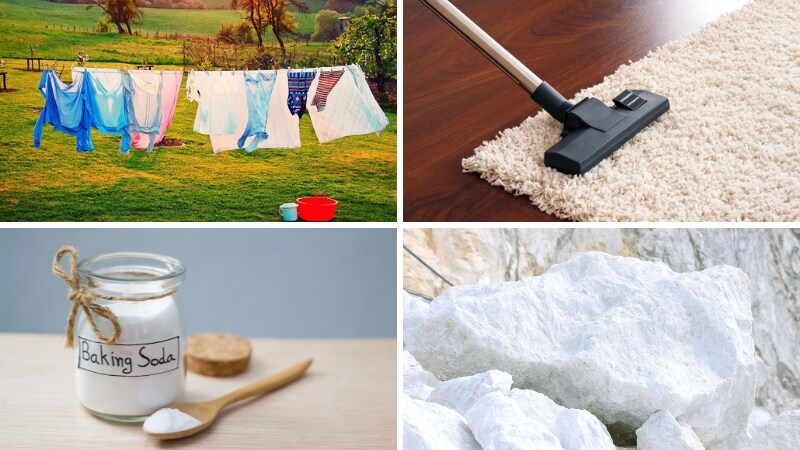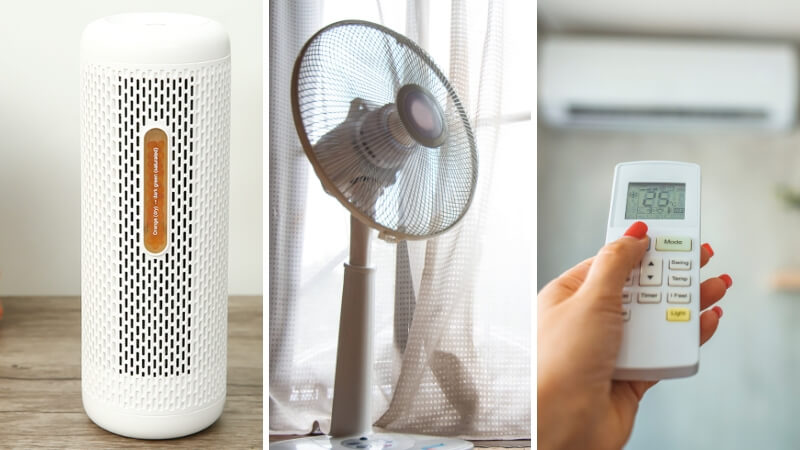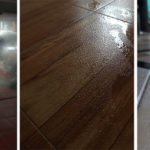Humidity is a term we often hear about during hot and wet weather. But what is humidity, and does it affect our health? What are some effective tips to reduce humidity? This article will answer all these questions and more!
1 What is Humidity?
Humidity refers to the presence of water vapor or moisture in the air, which is typically invisible to the human eye. About 80% of the water vapor in the air is always maintained in balance.
 What is Humidity?
What is Humidity?
Humidity is measured in grams per cubic meter (g/m³) using a hygrometer. To determine if the humidity is high or low, we consider the amount of rainfall or fog in the area.
2 What Level of Humidity is Considered Healthy?
A humidity level between 40% and 70% is considered safe for humans, while for children, it is recommended to maintain a range of 40% to 60%. Bacteria and mold have difficulty thriving in these conditions, which is why most large hospitals abroad maintain a humidity level of 55%.
 What Level of Humidity is Considered Healthy?
What Level of Humidity is Considered Healthy?
Conversely, humidity levels above 70% provide an ideal environment for the growth of disease-causing bacteria, particularly those affecting the respiratory system, such as coughing, bronchitis, and the flu.
3 Effective Tips to Reduce Humidity
Reduce humidity in your room using simple tips and ingredients
High humidity levels can have several negative impacts on human health, including causing a feeling of suffocation and difficulty breathing, as well as damaging the aesthetics of your home. Here are some helpful tips to reduce humidity in your room effectively:
- Use charcoal: Place some charcoal, burned at a temperature of about 900-1000°C, in a clean basket or bucket, and keep it in places like the bathroom or kitchen. The porous structure of the charcoal will help absorb moisture.
- Use quicklime: Quicklime can quickly reduce humidity and is cost-effective. Simply place a bucket of quicklime in a damp area and keep the door closed.
- Use moisture absorbers: Substances like baking soda and activated carbon are great moisture absorbers and can be placed in cloth bags and hung in the corners of the room to absorb moisture and eliminate odors effectively.
 Reduce humidity in your room using simple tips and ingredients
Reduce humidity in your room using simple tips and ingredients
- Use salt rocks: Salt rocks are an affordable way to absorb moisture and create a drier and fresher atmosphere.
- Dry clothes outdoors instead of inside: During humid weather, drying clothes indoors will increase the humidity levels. Use a dryer or opt for outdoor drying to prevent this.
- Open windows for air circulation: On sunny and breezy days, open the windows to let the moist air out. Conversely, keep the windows closed when it’s humid outside to prevent the humid air from entering your home.
- Clean your rugs: Keep your rugs clean, dry, and well-maintained to prevent the formation of mold and mildew. Baking soda is an effective and affordable option for rug cleaning.
- Repair wall cracks: Moisture can enter your home through wall cracks, leading to damage to wooden furniture and other belongings. Therefore, it’s essential to repair any wall cracks as soon as possible.
Reduce humidity with the help of electronic devices
 Reduce humidity with the help of electronic devices
Reduce humidity with the help of electronic devices
- Use air conditioning with a dry mode: Setting your air conditioner to dry mode helps balance humidity levels and effectively dehumidifies and sterilizes the air.
- Use a fan: Turning on a fan can reduce humidity and increase air circulation in your room, making it feel more comfortable and pleasant.
- Use a dehumidifier: Dehumidifiers are ideal for creating a clean and fresh atmosphere. Various types of dehumidifiers are available on the market to suit different needs.
We hope this article has helped you understand humidity and how to reduce it effectively. Take care of your health and that of your family members by applying these valuable tips in your daily life!






































